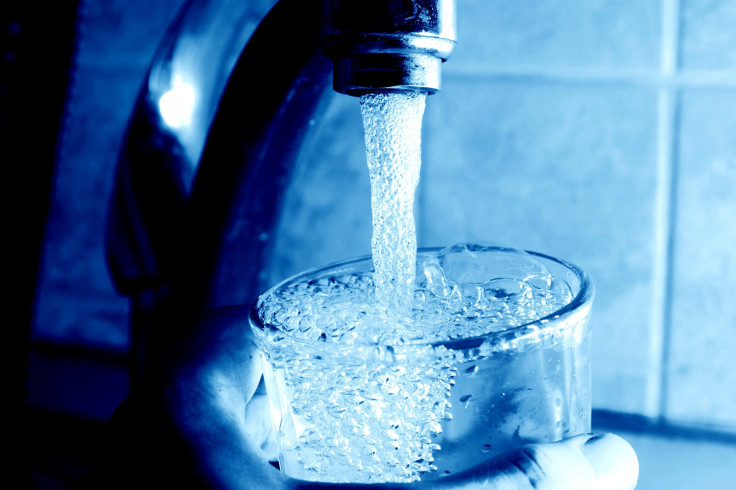'Newly Emerging' Chemicals And Pharmaceutical Drugs Found In Great Lakes May Affect Health

Despite promising wonders, North America’s water treatment plants remove only half the amount of prescription drugs and other newly emerging contaminants found in sewage.
In a new report, the International Joint Commission, comprised of U.S. and Canadian officials, describes the health and environmental effects of water polluted with chemicals from pharmaceuticals and other sources.
Antonette Arvai, a physical scientist at the the Commission, says more than 1,400 wastewater treatment plants in the two countries discharge 4.8 billion gallons of treated water into the Great Lakes basin every day.
“The compounds show up in low levels — parts per billion or parts per trillion — but aquatic life and humans aren’t exposed to just one at a time, but a whole mix,” Arvai told Environmental Health Sciences, a nonprofit group. “We need to find which of these chemicals might hurt us.”
The officials reviewed a decade worth of data from water treatment plants worldwide to analyze how they removed 42 compounds that have been found in water samples in increasingly greater quantities. They found six chemical pollutants detected frequently in water samples throughout the basin, with a low rate of removal in treated effluent. Among them were a herbicide, an anti-seizure drug, two antibiotics, an antibacterial, and an anti-inflammatory drug.
To a lesser extent, caffeine, acetaminophen, and the natural estrogen estriol were also detected in sewage. However, water treatment plants were much more effective in removing them from sewage.
Overall, treatment plants removed proved ineffective in removing most of 11 of the 42 chemicals studied, with a less than 25 percent chance of removing 75 percent or more of the chemicals. They were effective in removing at least half of the 42 chemicals studied, though.
To date, research on the effects of the environmental contagion has linked the chemical pollutants to slower reaction times in predators, altered eating habits, and higher anxiety. Triclosan, an antibacterial drug found in soaps and other products, has disrupted hormone levels in fish, researchers say. The drug compound was found frequently in water samples throughout the basin, with a “medium removal efficiency” by water treatment plans. Presently, the U.S. Food and Safety Administration and Health Canada continue to review the safety of the drug.
Yet, perhaps most troubling is the emergence of antibiotics in treated water, which may affect human health by promoting the continuous evolution of drug-resistant bacteria, a threat that might render much of modern medicine useless.
“Even at low levels you don’t want to have people ingest antibiotics regularly because it will promote resistance,” Arvai said.
Some studies have found prescription drugs in tap water at parts-per-trillion levels, according to Environmental Science. Presently, no federal regulations limit levels of pharmaceutical drugs in drinking water, although the U.S. Environmental Protection Agency is considering adding a dozen drugs to regulations on water standards.
Below is a video from the Joint Commission's work in the Great Lakes:



























